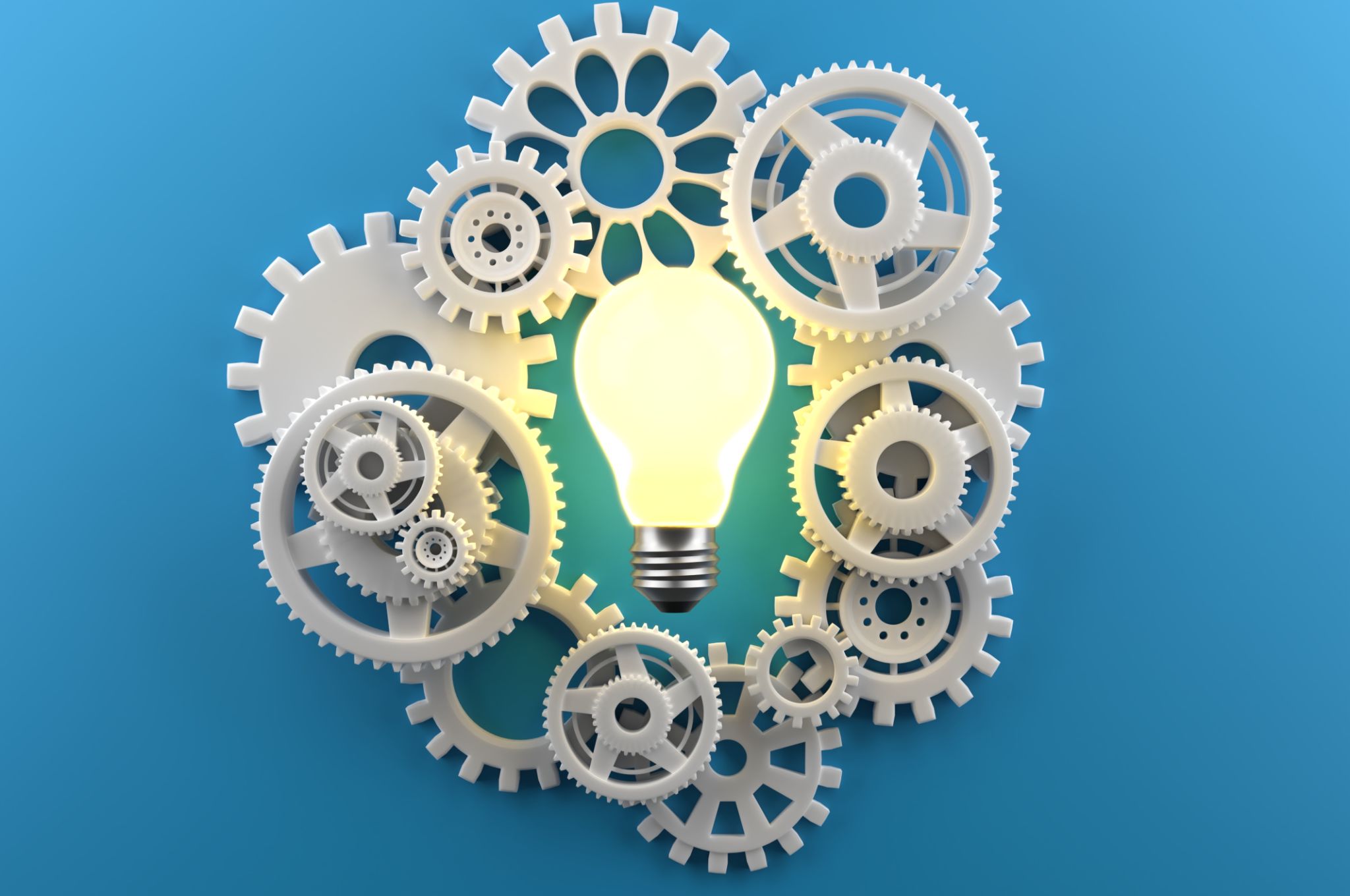Common Misconceptions About AI Training and How to Overcome Them
Understanding AI Training
Artificial Intelligence (AI) training is a complex and fascinating subject, but it is often surrounded by misconceptions. These misunderstandings can lead to unrealistic expectations and even hinder the effective implementation of AI technologies. In this blog post, we'll explore some common misconceptions about AI training and provide guidance on how to overcome them.

Misconception 1: AI Can Learn on Its Own
One of the most prevalent myths is that AI systems are autonomous and can learn entirely by themselves without human intervention. While AI can process vast amounts of data and identify patterns, it still requires human input, particularly during the training phase. Human experts are essential for selecting the right data, designing algorithm structures, and fine-tuning models to ensure accuracy and reliability.
To overcome this misconception, it is important to recognize the collaborative nature of AI development. Teams should include data scientists, domain experts, and software engineers working together to guide AI systems toward meaningful outcomes.
Misconception 2: More Data Always Leads to Better AI
Another common belief is that simply feeding more data into an AI system will automatically enhance its performance. While data is crucial for training, quality is just as important as quantity. Inaccurate or poorly labeled data can lead to biased or incorrect results, regardless of how much is available.

To address this issue, focus on gathering high-quality data that is well-labeled and representative of the problem you want to solve. Employ data cleaning techniques and ensure that your dataset is diverse enough to cover all possible scenarios the AI might encounter.
Misconception 3: AI Training Is a One-Time Process
Some believe that once an AI model is trained, the process is complete. In reality, AI training is an ongoing process that requires regular updates and adjustments as new data becomes available or business goals evolve. Continuous learning helps AI systems stay relevant and improve over time.
Overcoming this misconception involves establishing a lifecycle management process for your AI models. Regularly assess performance, incorporate new data, and make necessary adjustments to keep your AI systems effective and aligned with current goals.

Misconception 4: AI Systems Are Unbiased
There's a misconception that AI systems are naturally unbiased because they rely on data-driven decisions. However, AI can inadvertently reflect biases present in the training data or algorithms themselves. This can lead to skewed outcomes if not carefully managed.
To combat this, it's essential to use diverse datasets and apply bias detection tools during the training phase. Encourage transparency in how AI systems make decisions and involve diverse teams to review outputs and identify potential biases.
Conclusion
Understanding the complexities of AI training is crucial for leveraging its full potential. By dispelling these common misconceptions, businesses and developers can create more accurate and effective AI systems. Remember that successful AI implementation relies on collaboration, quality data, continuous learning, and vigilance against bias. Keep these principles in mind to ensure your AI projects achieve their intended outcomes.